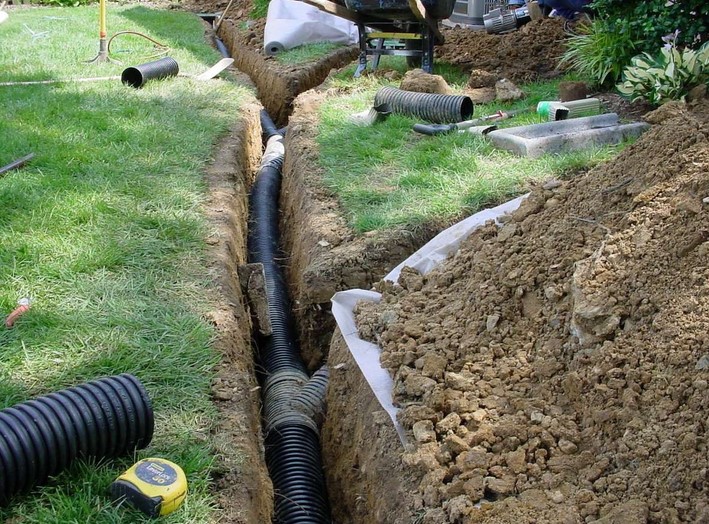Drainage Dilemmas: Solving Backyard Drainage Problems for Dry Grounds

Drainage dilemmas are a common problem for homeowners with dry grounds. Poor drainage can lead to a variety of issues, including flooding, soil erosion, and foundation damage. Fortunately, there are a variety of solutions available to help solve backyard drainage problems. In this guide, we will discuss the different types of drainage solutions available, how to identify drainage problems, and how to properly install and maintain drainage systems. With the right knowledge and tools, you can easily solve your backyard drainage dilemmas and keep your property safe and dry.
How to Identify and Resolve Common Drainage Problems in Your Backyard
Having a drainage problem in your backyard can be a major inconvenience. Poor drainage can lead to flooding, soil erosion, and other issues that can damage your property and cause health and safety hazards. Fortunately, there are a few steps you can take to identify and resolve common drainage problems in your backyard.
The first step is to identify the source of the problem. Look for signs of water pooling in your yard, such as puddles or standing water. If you have a sloped yard, check for areas where water is not draining properly. You may also want to check for clogged gutters or downspouts, as these can cause water to back up and pool in your yard.
Once you have identified the source of the problem, you can begin to take steps to resolve it. If you have a sloped yard, you may need to regrade the area to ensure proper drainage. You can also install a French drain, which is a trench filled with gravel that helps to divert water away from your home. If your gutters or downspouts are clogged, you can clean them out to ensure that water is flowing properly.
Finally, you may want to consider planting native vegetation in your yard. Native plants are better adapted to the local climate and soil conditions, and they can help to absorb excess water and reduce runoff.
By taking these steps, you can help to identify and resolve common drainage problems in your backyard. With a little bit of effort, you can ensure that your yard is safe and free of flooding and other drainage issues.
Understanding the Benefits of Installing a Drainage System to Prevent Waterlogging in Your Yard
Waterlogging is a common problem in yards and gardens, and can cause a variety of issues, such as soil erosion, plant damage, and even flooding. Installing a drainage system is an effective way to prevent waterlogging and the associated problems.
A drainage system is a network of pipes and channels that are designed to collect and divert excess water away from the yard. This system can be installed in a variety of ways, depending on the size and layout of the yard. The most common type of drainage system is a French drain, which consists of a trench filled with gravel and a perforated pipe. This type of system is effective at collecting and diverting water away from the yard, and can be installed relatively quickly and easily.
The benefits of installing a drainage system are numerous. Firstly, it can help to prevent soil erosion, as the excess water is diverted away from the yard. This can help to keep the soil in place and prevent it from washing away. Secondly, it can help to protect plants from damage caused by waterlogging. Excess water can cause root rot and other issues, which can be avoided by installing a drainage system. Finally, it can help to prevent flooding, as the excess water is diverted away from the yard.
In conclusion, installing a drainage system is an effective way to prevent waterlogging and the associated problems. It can help to protect plants from damage, prevent soil erosion, and even prevent flooding. If you are looking for a way to protect your yard from waterlogging, then installing a drainage system is a great option.
Conclusion
In conclusion, Drainage Dilemmas: Solving Backyard drainage problems for Dry Grounds provides a comprehensive guide to solving drainage issues in dry grounds. It covers a wide range of topics, from identifying the source of the problem to implementing solutions. With the help of this guide, homeowners can easily identify and address drainage issues in their yards, ensuring that their property remains dry and healthy.